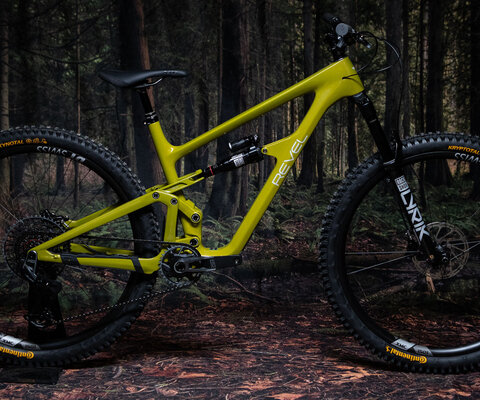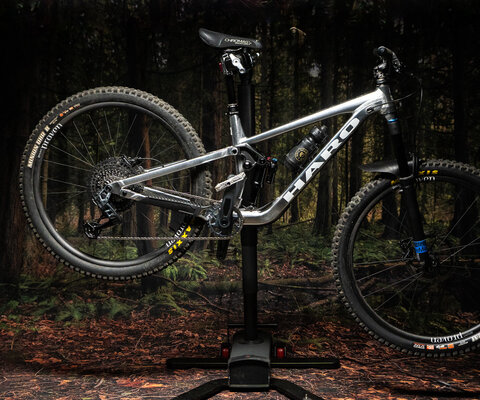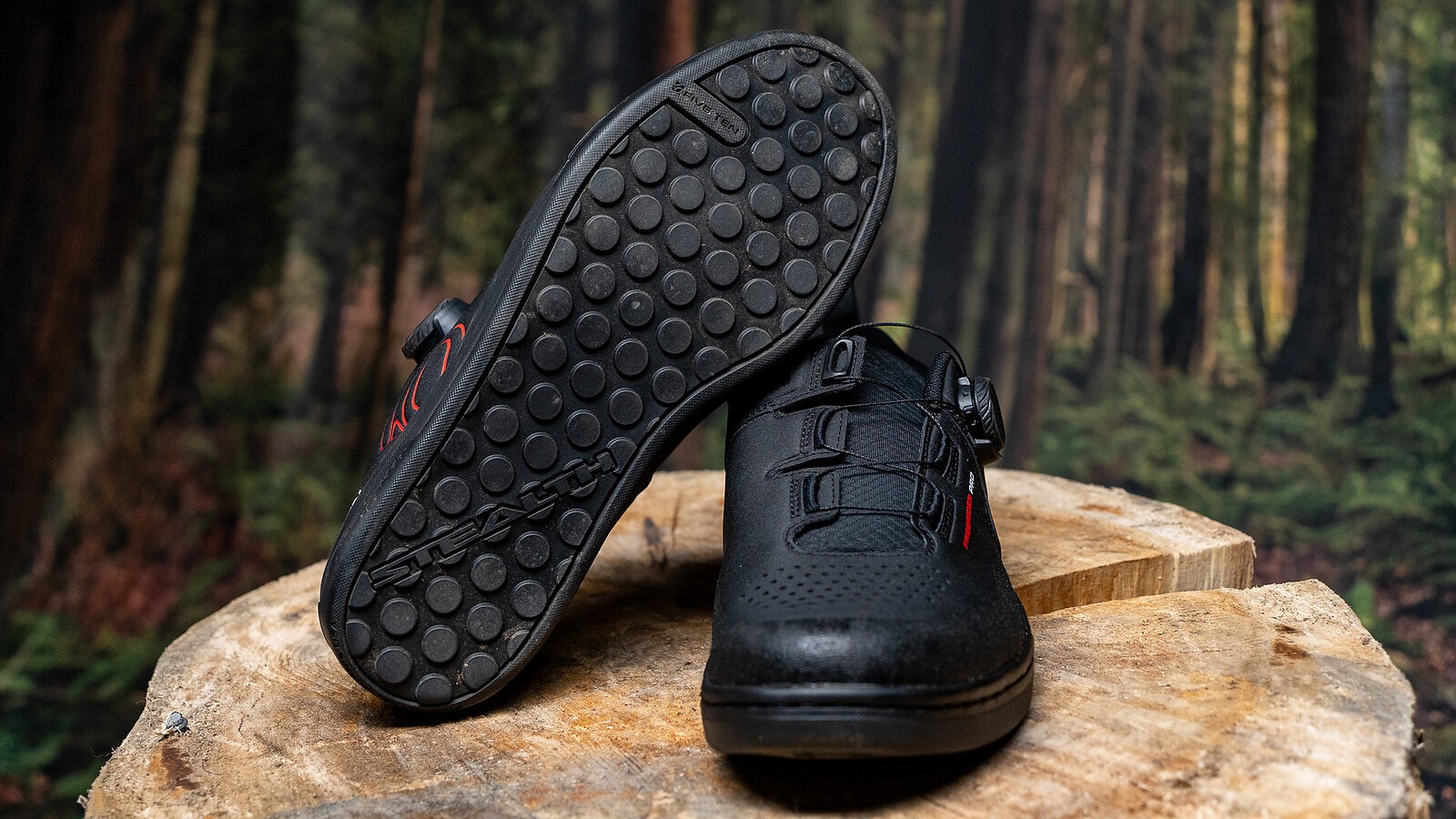
5.10 Freerider Pro BOA Shoe Review
Words and Photos by Cy Whitling
The performance you’d expect, without laces.
Bike shop employees, more experienced friends, and anyone else tasked with giving flat pedal shoe advice to newer riders have long recited a simple mantra: “Just buy the 5.10 Freerider.” Even though its performance has been matched, and perhaps even eclipsed by other brands in recent years, the Freerider, in its many variants, has long been the avatar for “the best flat pedal mountain bike shoe.”
And now, for 2025, we have a new model of the Freerider, replete with BOA’s fit system. No more laces, (or straps—remember that weird Freerider VCS?) just a BOA Li2 dial on each shoe. I’ve been riding in some variation of the Freerider for well over a decade, and for at least half that time I’ve been beating the “give us a BOA Freerider!” drum. So to say I’m excited about these new shoes is an understatement.
5.10 Freerider Pro BOA Details
- Sizes available: 6-15
- Sole rubber: Stealth S1 Phantom
- Weight (size 9.5): 370 g
- Price: $170
Predictions are a fool's game, but I’m calling it: 2025 is the year of flat pedal, BOA-equipped shoes. We saw several hit the market last year, and there are several more coming this year. We no longer have to choose between one or two mediocre models if we want flat pedal shoes without laces. Hopefully that means that the market will heat up, and brands will be forced to dial in the rest of their details to stand out. Because, as it turns out, BOA can make a good shoe better, but it can’t fix a bad shoe. How does this addition affect the 5.10 Freerider Pro though?
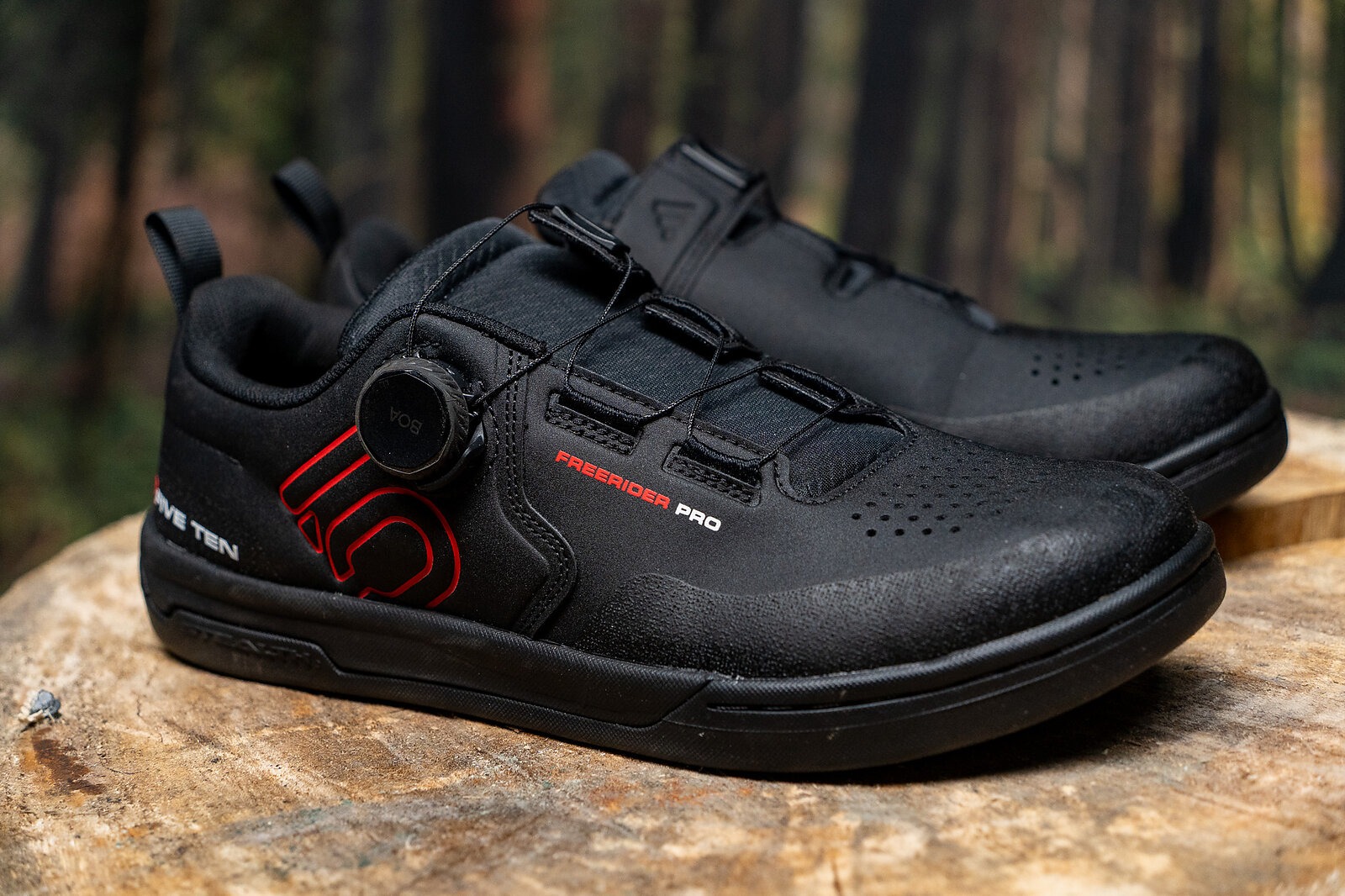
Shoe Fit
The 5.10 Freerider Pro BOA fits like a typical Freerider Pro. I have fairly wide, fairly tall, fairly sensitive and high-arched feet, and I fit well in a size 9.5, just like I have since I was 16. The Freerider Pro BOA is a little wider than 5.10’s Trailcross line, and I never had any issues with crunched toes or a sore instep.
The Freerider Pro fits very similarly to Specialized’s 2FO line, but I’ve found that it has slightly better heel hold, and the toe box is more easily adjusted for taller feet. In fact, I’d say that the Freerider Pro BOA has notably good heel hold. I’m pretty used to any shoe that’s wide enough for my forefeet being pretty loose on hike-a-bikes, but the Freerider Pro has stayed locked down so far.
Some of this is due to the fact that shoes with traditional laces, like the 2FO, don’t open as widely and easily as BOA-equipped options. That means that I’m more likely to shove my foot into the shoe, and push down the top of the heel portion, which breaks down the structure there and compromises fit over time. With the BOA Fit System, I can open the shoe wider, and not worry about deforming the heel pocket.
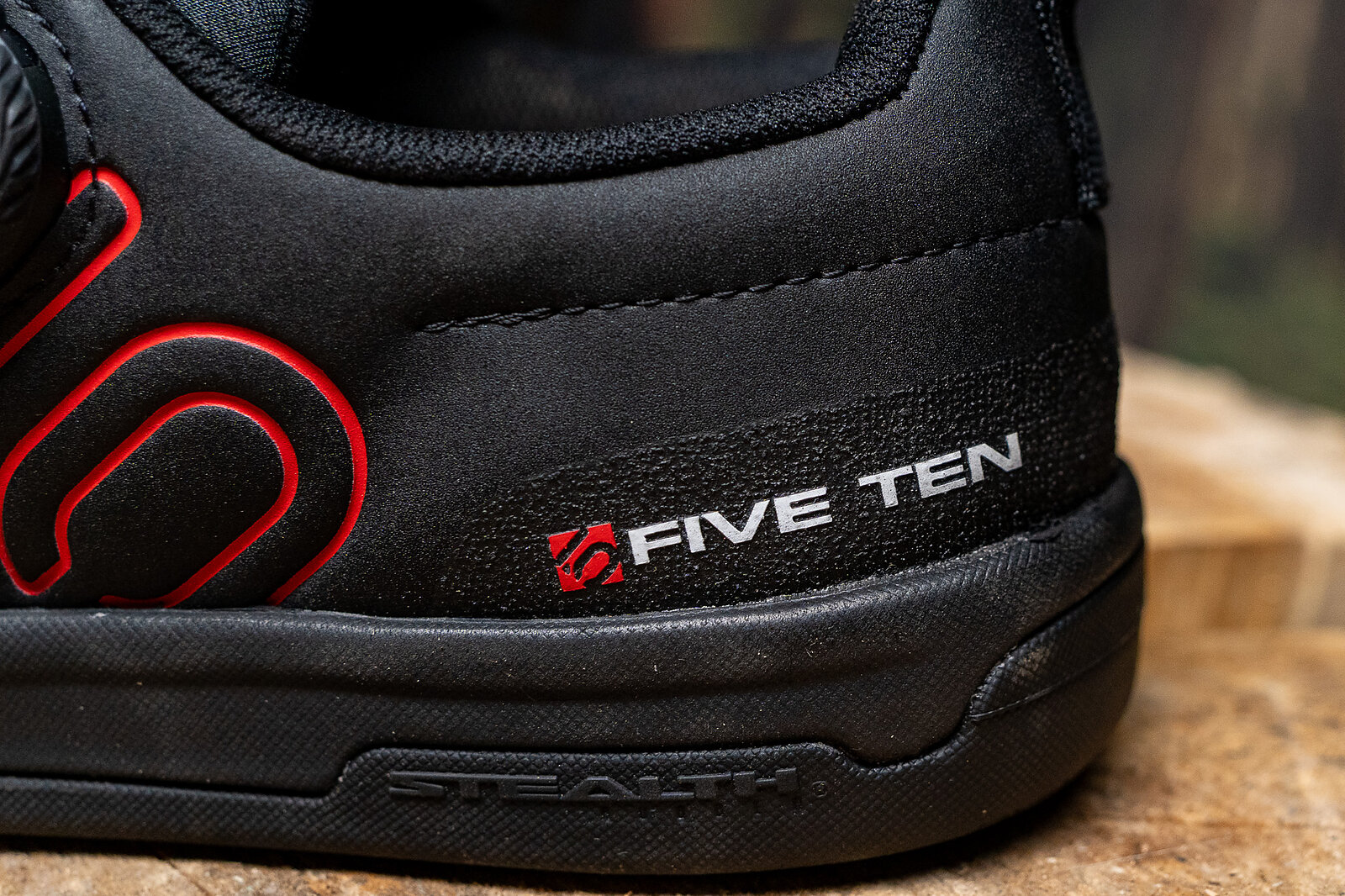
About that BOA Dial
I’ve ridden in a few BOA-equipped flat pedal shoes so far, and I’ve crystalized my experiences around three main points.
First: All other things being equal, I’d absolutely rather ride in BOA shoes than regular laced shoes. They’re easier and faster to get on and off, they fit better, and they don’t come untied. I don’t like fighting crusty laces with my fingernails. But again, that’s all other things being equal. Some brands implement BOA in foolish and frustrating ways that undermine its potential.
Second: I break the retention mechanisms on most shoes, regardless of their closure mechanism. I break shoelaces. I break speedlaces, and occasionally, I break BOA systems. I have resigned myself to this being a “Cy problem.” I have legendarily messed up feet (just ask the succession of ski boot fitters who have tried to help me), I like a snug shoe fit so I put a lot of stress on my laces, and I’m clumsy, so I often kick sharp rocks and digging tools.
Third: If I do break a BOA system, I can usually replace it for free, but I can’t do that immediately. I can replace a broken lace or speedlace at any convenience store, but with BOA, I’m usually out of luck until I’ve used BOA’s (excellent) web tools to get a kit headed my way.
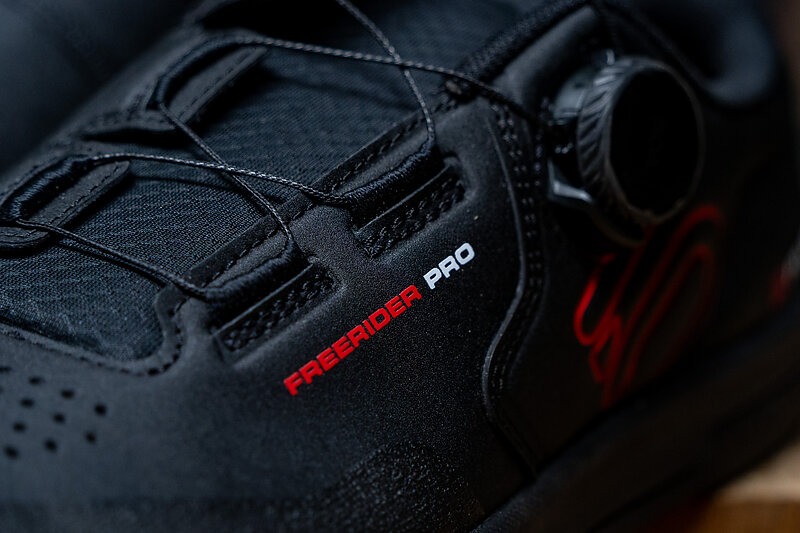
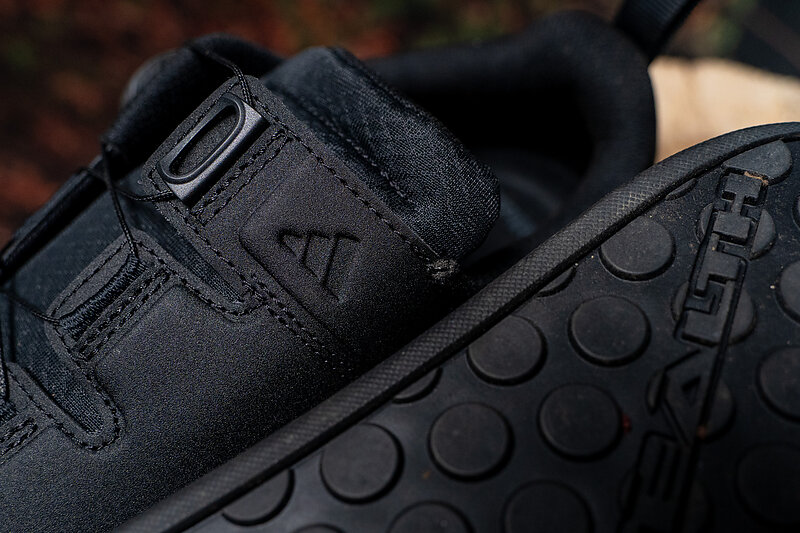
To that first point: 5.10’s implementation of BOA is excellent. It uses the premium Li2 dial (with a shield to protect it from impacts), which can be clicked either way, and the choice of laces and guides makes it easy to adjust and very secure. Specifically, the plastic guides, like the one found at the top of the Freerider Pro seem to abrade the lace less than the webbing loops found lower down, but if a brand uses the plastic guides in flex zones of the shoe they can create hot spots. The Freerider Pro BOA uses the right guides in the right places for comfort and durability.
To those second and third points: the convenience of using BOA on the daily generally outweighs the occasional inconvenience if I do manage to break the system. In my experience BOA’s customer service has been excellent, bordering on absurd. No, you can’t grab a spare lace at any grocery store, but the company seems to be falling over itself to get the right parts sent out if you do happen to need them.
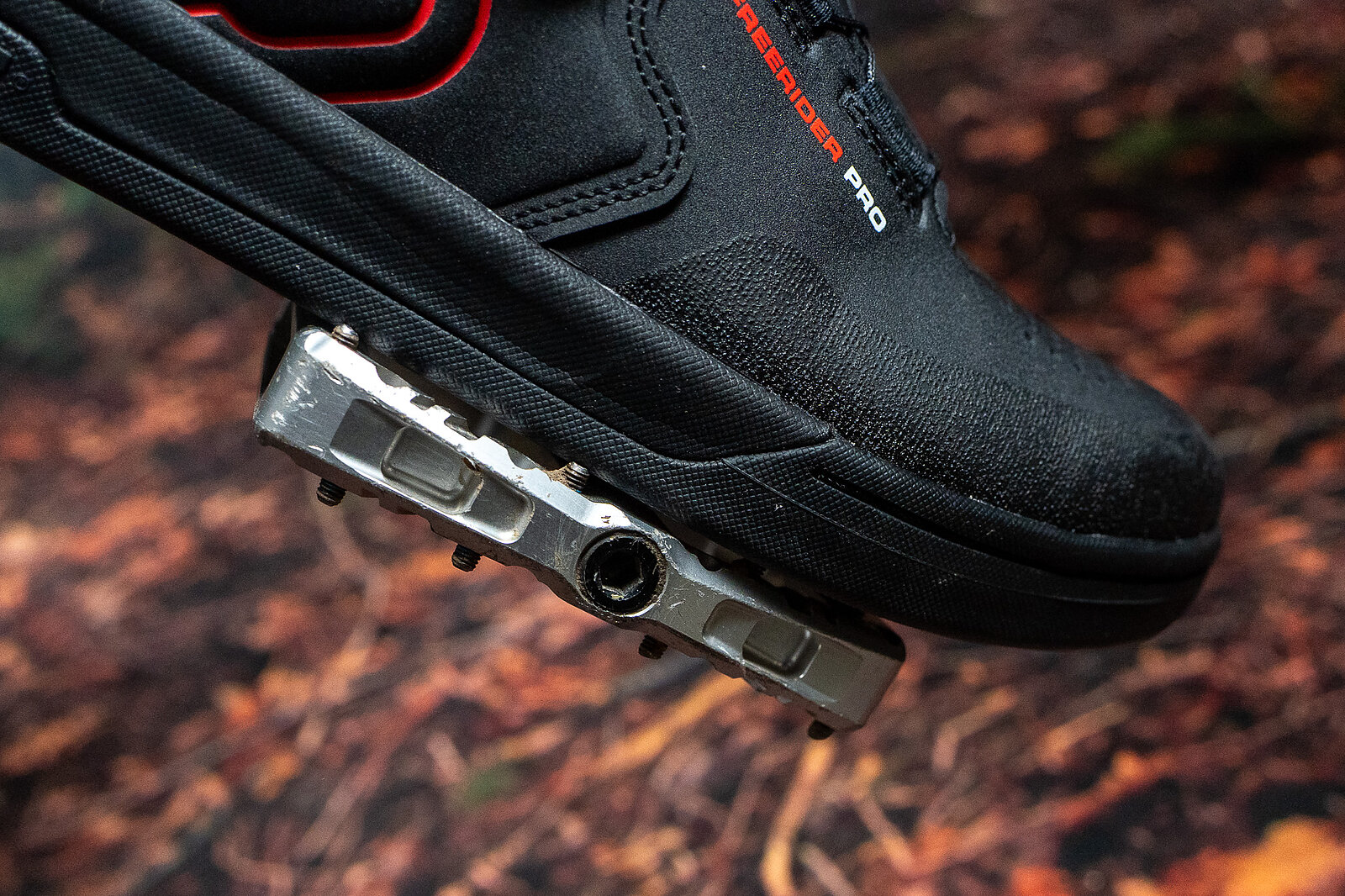
Shoe Performance
The Freerider Pro BOA rides like a regular Freerider Pro that I’ve managed to tie exactly right. There’s a reason this shoe is so popular. It’s not the most weatherproof, or the most breathable. It’s not the stiffest or most flexible sole, it’s not the lightest or the most protective. Instead, it’s never the “wrong” shoe. It’s a good choice for most people, riding most types of bikes, most of the time.
Specialized’s 2FO has been my go-to for the last year or so, and the Freerider Pro BOA delivers a very similar experience. But the Freerider is easier to get on and off. And yes, it’s easier to adjust on the fly, thanks to the BOA Fit System. I think the 2FO has just a touch better traction on the pedals than the Freerider, but otherwise, they’re neck and neck in terms of flex, speed of drying, and general liveability.
When I’m digging through the pile of bike shoes in the garage, my new go-to shoe is the Freerider Pro BOA. It’s got great pedal traction, a comfortable fit, and is easy to get on and off and adjust thanks to the BOA system. It’s a great bike shoe that I never think about while riding, and it costs just $10 more than the regular, non-BOA version.
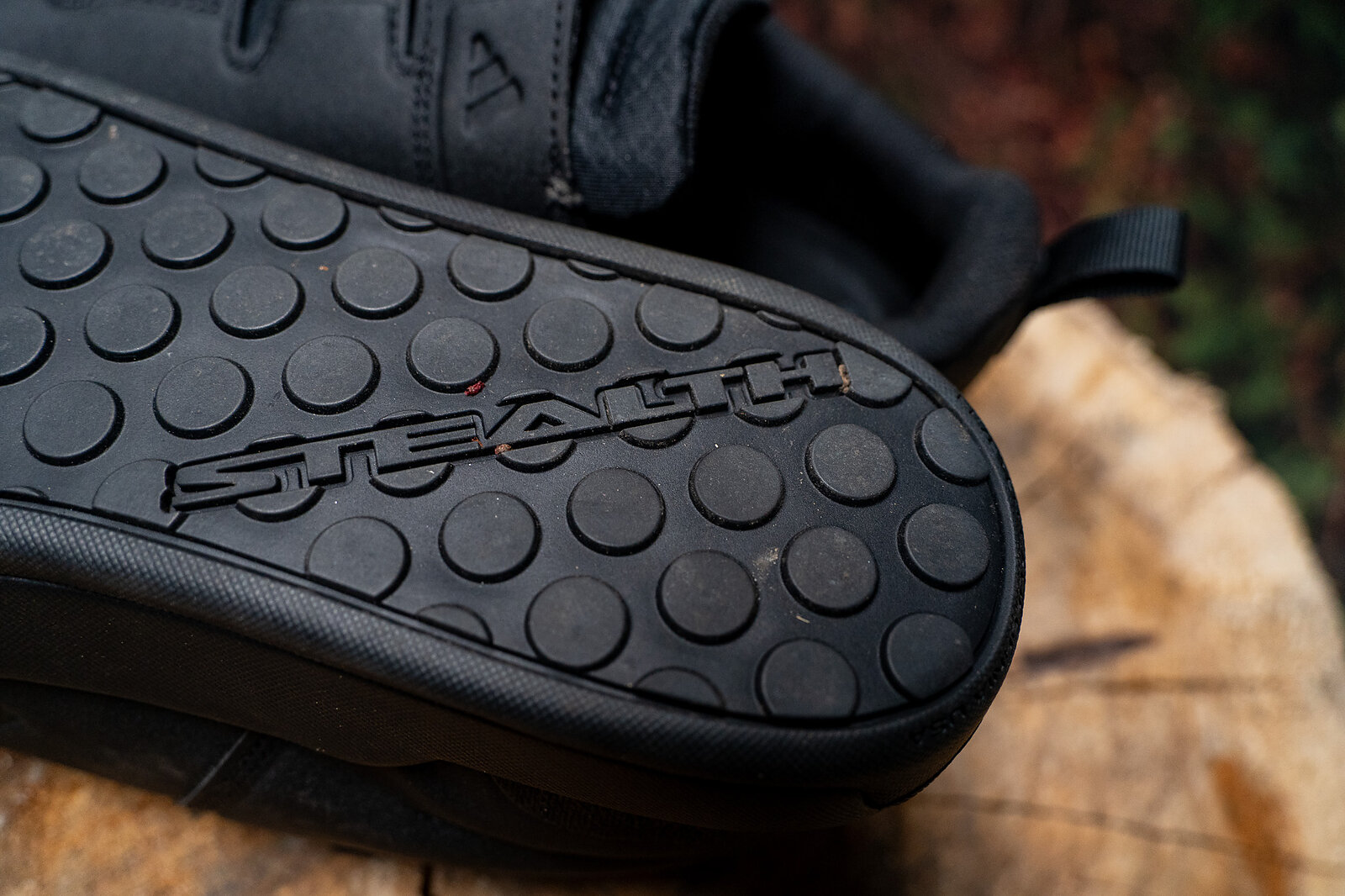
For Now
Discerning riders have known for years that not all flat pedal shoes are created equal. Now, we’re entering an era in which it’s becoming clear that not all BOA, flat pedal shoes are created equal either. The BOA fit system can elevate the performance of formerly good shoes and make them easier to live with, and that’s exactly what it does with the 5.10 Freerider Pro BOA. For now, I think this is the leader in this class by a strong margin, and I’m excited to see other brands rise to the bar it sets.
Learn more: Adidas
